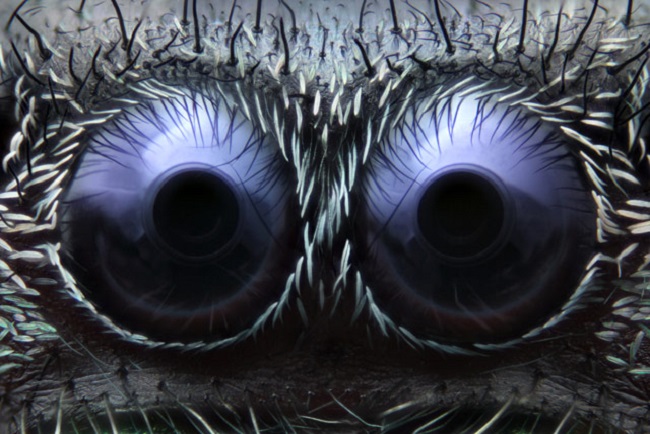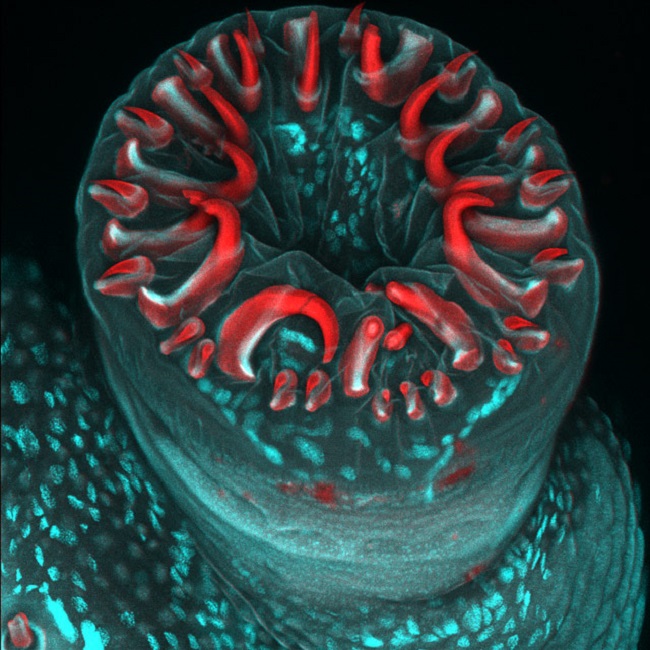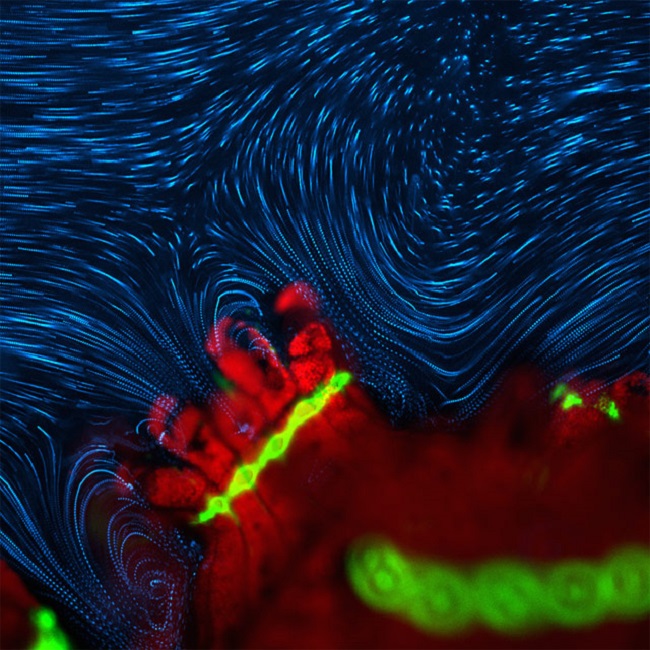First place winner: Rotifer showing the mouth interior and heart shaped corona (40x). Image via Rogelio Moreno/Nikon
An incredibly rare image of an open-mouthed rotifer with its beating heart taken with the help of microphotography has won first prize at the Nikon Small World Photomicrography Competition.
The competition, which awards the world’s best photography of objects never seen with the naked eye, entered its 40th year this year and the judges were particularly impressed with this year’s winning photo, taken by Rogelio Moreno of Panama. Moreno is a computer system programmer and a self-taught microscopist.
Moreno joins 80 other winners across the world, but this marks his third time being placed among the top entries in what is considered to be an incredible achievement for someone who only began exploring the world of microphotography in 2009.
The competition’s judges considered Moreno’s rare capture as the best out of a total of 1,200 entries from more than 79 countries.
Moreno said he fell in love with the image the moment he saw it. “When you see that movement, you fall in love. I thought – wow, that is amazing. I can’t believe what I’m seeing. This is something very, very beautiful. I hope now it can inspire others as much as it has inspired me – to learn about science, to look closely and notice something truly amazing.”
Here are the other entries that made up the top 6 places in the Nikon Small World Photomicrography Competition (72 other amazing visual entries are online).
Second place:

Rhombohedral cleavage in calcite crystal (10x). Image via Alessandro Da Mommio/Nikon
Third place:

Jumping spider eyes (20x). Image via Noah Fram-Schwartz/Nikon
Fourth place:

Caterpillar proleg with circle of gripping hooks in red (20x). Image via Karin Panser/Nikon
Fifth place:

Bovine pulmonary artery endothelial cells stained for actin (pink), mitochondria (green) and DNA (yellow). Image via Muthugapatti K. Kandasamy/Nikon
Sixth place:

Active fluid flow around P. damicornis (coral polyp) (4x). Image via Dr Douglas Brumley/Nikon